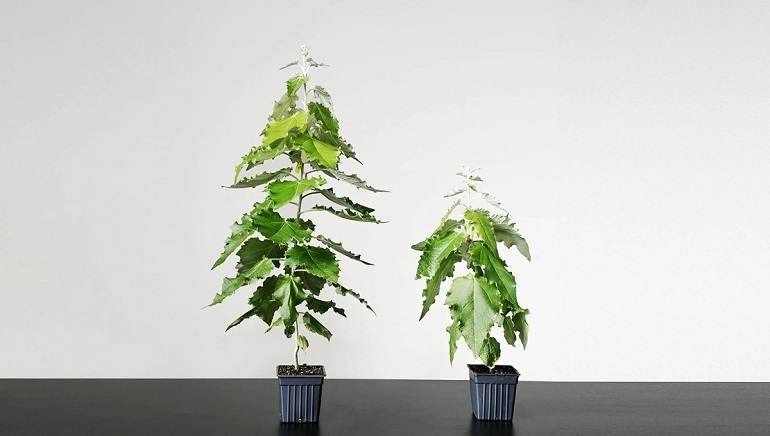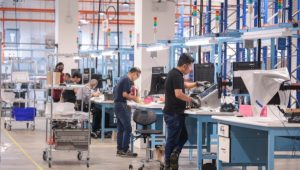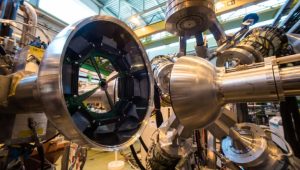A San Francisco-based venture, Living Carbon has created poplar trees that are genetically engineered to grow larger and pull more carbon dioxide from the atmosphere than standard trees do. In February, workers planted rows of these poplars in southern Georgia, kicking off the company’s plan to transform forestry. Living Carbon plans to plant 4 to 5 million trees by the middle of next year to help address the climate crisis.
“Living Carbon is our answer to the question: Are we capable of storing carbon with the same ingenuity that allowed us to release it?” writes Maddie Hall, Living Carbon’s CEO, in a blog post. “In short, yes. We can enter a new ecological and economic age where we use the power of plants to capture and store more carbon.”
When plants photosynthesise, they convert carbon into sugars and nutrients that are eventually consumed by all living organisms. However, the plants also produce a toxic byproduct that must be broken down during the energy-intensive process of photorespiration. “This not only wastes energy, but also loses a lot of fixed carbon in the form of CO2, which gets released into the air again,” said Yumin Tao, the company’s vice president of biotechnology in an interview. “It’s a wasteful process that a lot of plants do.” Living Carbon has reduced photorespiration in its poplars, instead channeling the energy into growth, he added.















